Permalink - https://tinyurl.com/2vbkh953
Polly Claims Covid-19 Policies Establish a Basis for Charges of
"CRIMES AGAINST HUMANITY"
Mass Formation and Totalitarian Thinking in a Time of Global Crisis (Transcript)
Prof Mattias Desmet: The Eye of the Storm, Corona Committee, 30 July 2021
Video:
Prof. Mattias Desmet | Sitzung 63: Im Auge des Sturms (Odysee)
______________________________________________________________________________
Biderman's Chart of Coercion
In the following video Polly analyzes the Biderman Chart of Coercion. She claims the Covid-19 event is being used as psychological torture and a weapon of Public Health Tyranny. She makes a case that these acts to deliberate psychological terror have been condemned as illegal by the International Criminal Court (ICC)
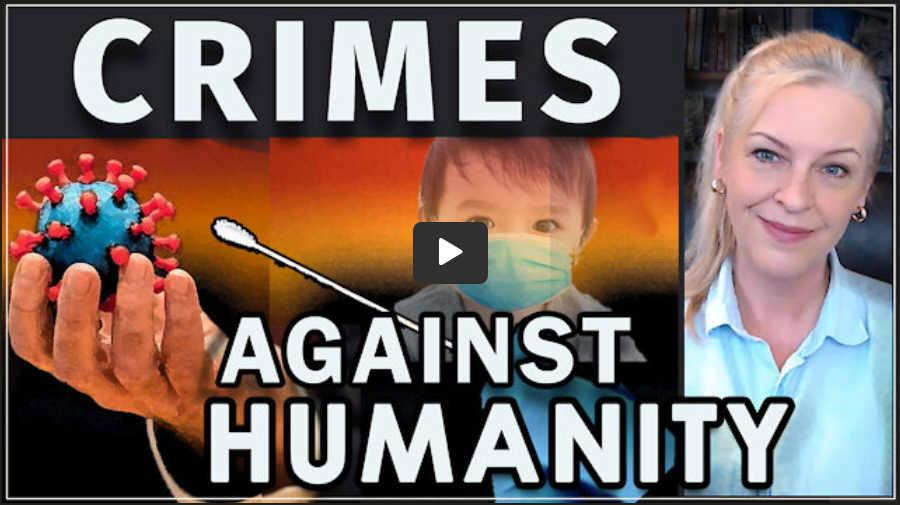 _______________________________________________________________________________________________
_______________________________________________________________________________________________
Polly Compares Covid-19 Lockdowns, Masks and Policies to the Biderman Chart of Cercion
By comparing our situation to the study of torture and coercion on Prisoners of War, I believe it becomes clear that what we are being put through with the virus response is a near perfect parallel to the Amnesty International definition of torture & Bidermans ‘Chart of Coercion
_______________________________________________________________________________________________
_______________________________________________________________________________________________
Milgram Experiment on Obedience to Authority (1963)
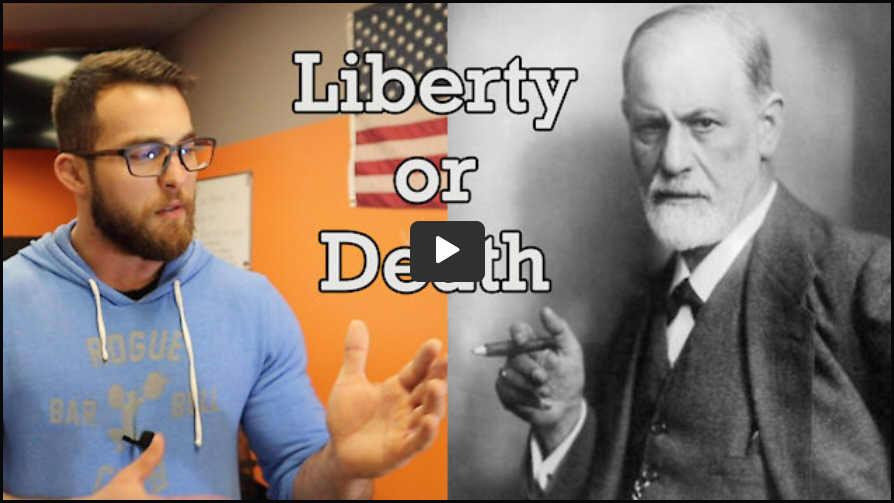 KNOWING WHEN TO SAY "NO" - Advice on maintaining situational awareness when blind obedience to authority exceeds your personal limits of moral authority when asked to participate in torture, violence and Crimes Against Humanity.
KNOWING WHEN TO SAY "NO" - Advice on maintaining situational awareness when blind obedience to authority exceeds your personal limits of moral authority when asked to participate in torture, violence and Crimes Against Humanity.
_______________________________________________________________________________________________
THE MILGRAM EXPERIMENT on OBEDIENCE TO MEDICAL AUTHORITY
DOCUMENTARY (1962)
The Milgram experiment(s) on obedience to authority figures was a series of social psychology experiments conducted by Yale University psychologist Stanley Milgram. They measured the willingness of study participants, men from a diverse range of occupations with varying levels of education, to obey an authority figure who instructed them to perform acts conflicting with their personal conscience.
Participants were led to believe that they were assisting an unrelated experiment, in which they had to administer electric shocks to a "learner". These fake electric shocks gradually increased to levels that would have been fatal had they been real.
The experiment found, unexpectedly, that a very high proportion of subjects would fully obey the instructions, albeit reluctantly. Milgram first described his research in a 1963 article in the Journal of Abnormal and Social Psychology (PDF) and later discussed his findings in greater depth in his 1974 book, Obedience to Authority: An Experimental View.
In 2015 the experiment was repeated by Polish researchers and results were the same. Most people will choose to be obedient to authority even when they protest the methods and outcome of torture. The 2015 study was published in the journal, "Social Psychological and Personality Science",
_____________________________________________________________________________________
The Stockholm Syndrome
Captives Empathized and Defended Their Captors
Britannica: "Stockholm syndrome, psychological response wherein a captive begins to identify closely with his or her captors, as well as with their agenda and demands."
(Britannia) Stockholm Syndrome derived it's name from a botched bank robbery in Stockholm, Sweden. In August 1973 four employees of Sveriges Kreditbank were held hostage in the bank’s vault for six days. During the standoff, a seemingly incongruous bond developed between captive and captor. One hostage, during a telephone call with Swedish Prime Minister Olof Palme, stated that she fully trusted her captors but feared that she would die in a police assault on the building.
The most infamous example of Stockholm syndrome may be that involving kidnapped newspaper heiress Patricia Hearst. In 1974, some 10 weeks after being taken hostage by the Symbionese Liberation Army, Hearst helped her kidnappers rob a California bank. But it was during the hostage crisis in Iran (1979–81) that the Stockholm syndrome worked its way into the public imagination.
The syndrome was also cited after the 1985 hijacking of TWA flight 847. Although passengers underwent a hostage ordeal that lasted more than two weeks, upon their release some were openly sympathetic to the demands of their kidnappers.
Another example involved Westerners kidnapped by Islamist militants in Lebanon. Hostages Terry Anderson (held 1985–91), Terry Waite (1987–91), and Thomas Sutherland (1985–91) all claimed that they had been treated well by their captors, despite the fact that they had often been held in solitary confinement and chained up in small, unclean cells.
Similar responses were exhibited by the hostages held at the Japanese embassy in Peru in 1996–97.
____________________________________________________________________
Chloe Hudson Describes Covid-19 as Terrorism to "Terraform Your Psychology and Behavior'
Chloe Hudson discusses the deployment psychological terrorism. It's interesting to see how the technique so nearly approximates Biderman's Chart of Coercion.
If I were the psychologial terrorist and I want my captors to become accustomed to my tyranny I'm going to inflict shock and terror then back off like a Stockholm syndrome and give them something positive.
In their heightened state of terror they're going to regard the new positive state as "The New Normal".
As more cycles of terrorism followed by positive rewards are repeated, the controllers achieve increasingly draconian and more restrictive levels of "The New Normal" until there is no longer any resistance from the captors and the tyrannical controllers achieve full and irreversable compliance.

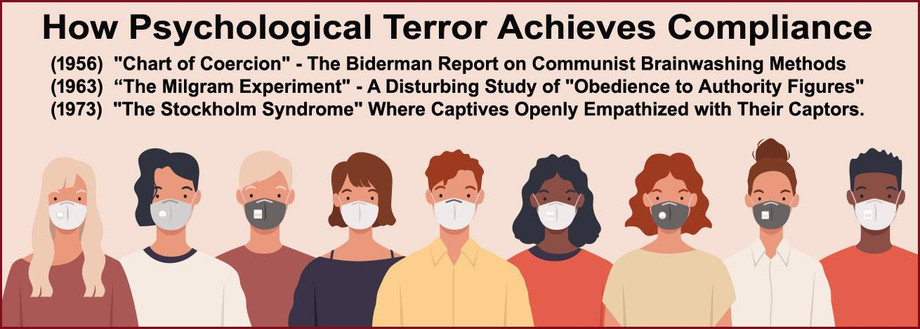
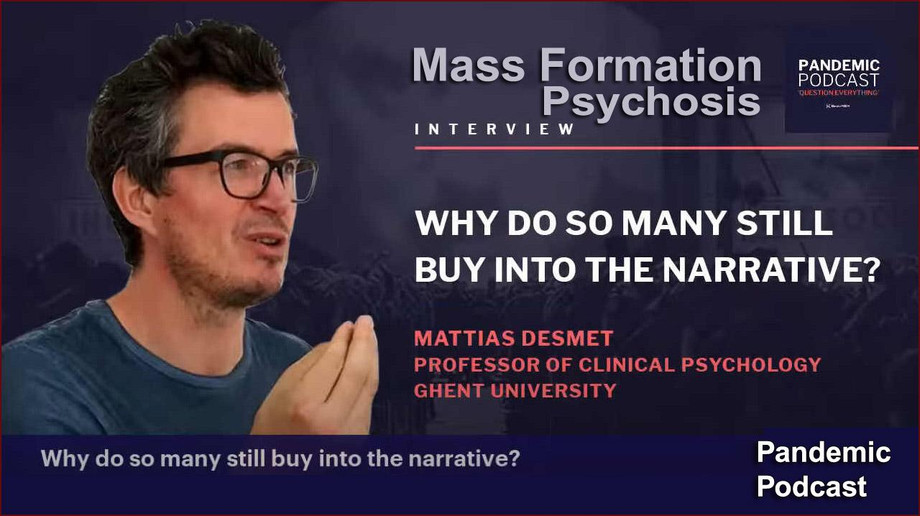 Video
Video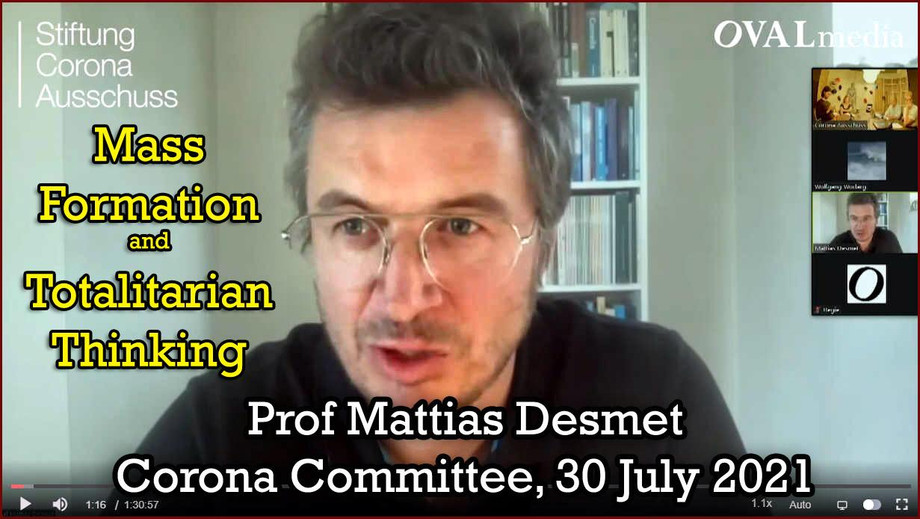
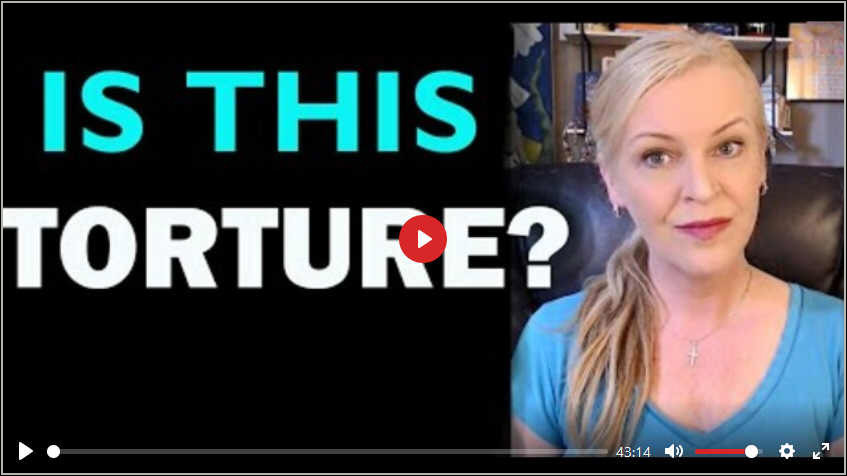
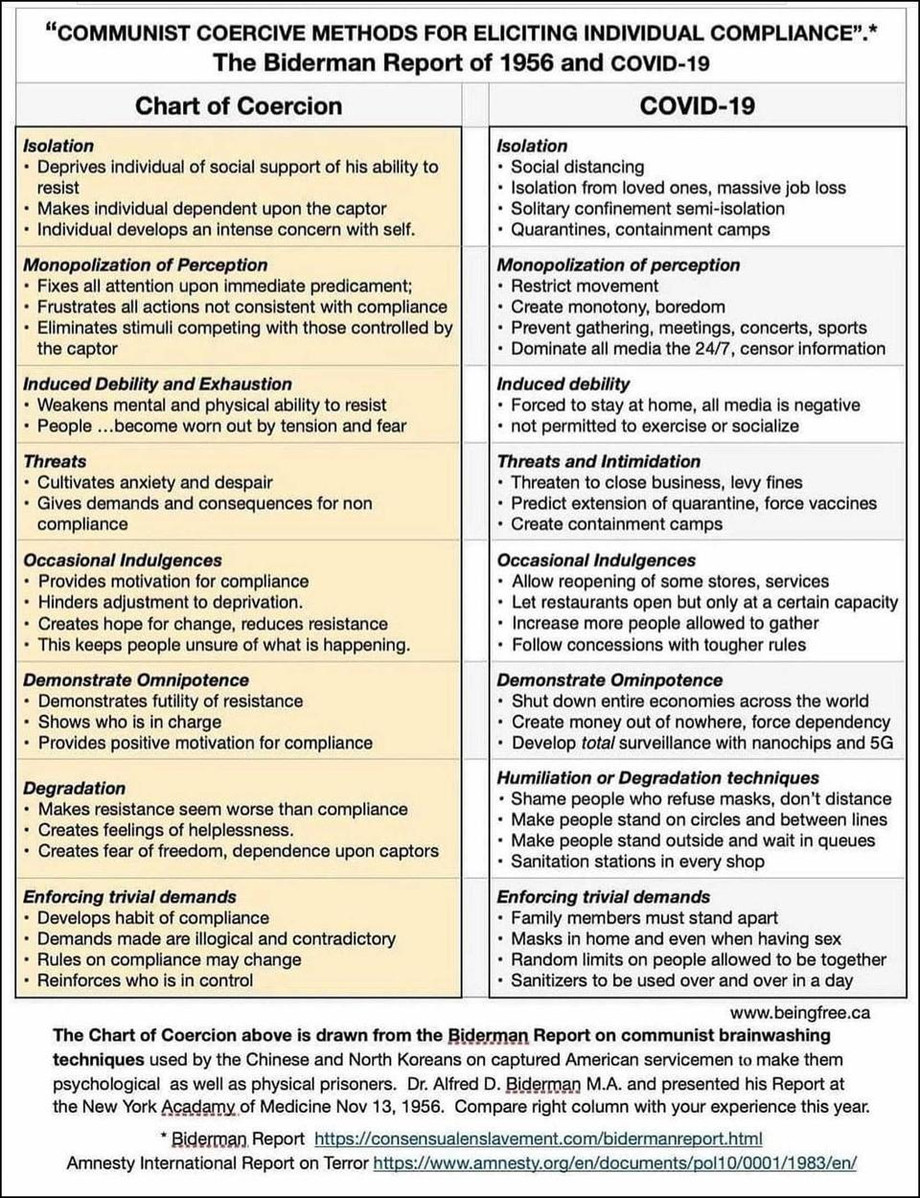

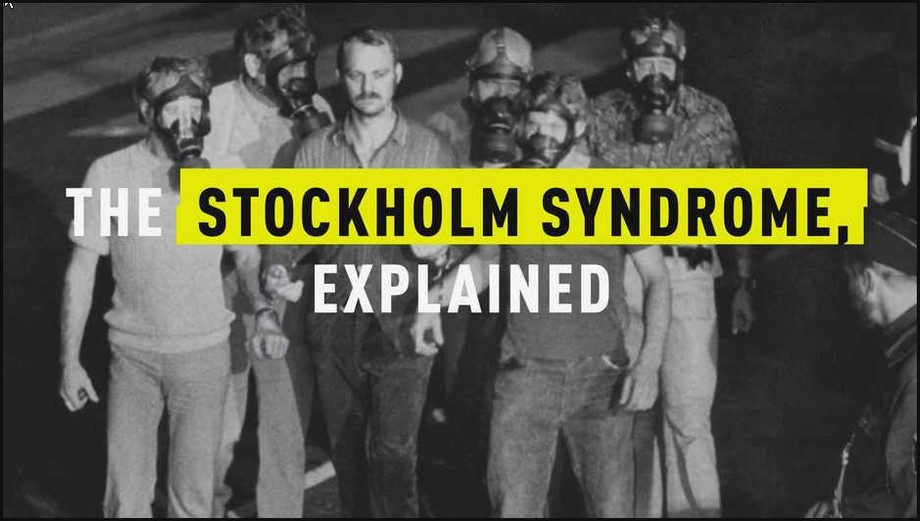
 VIDEO
VIDEO